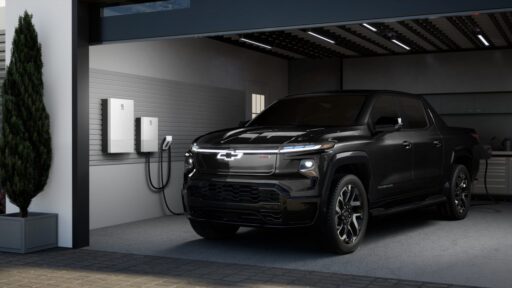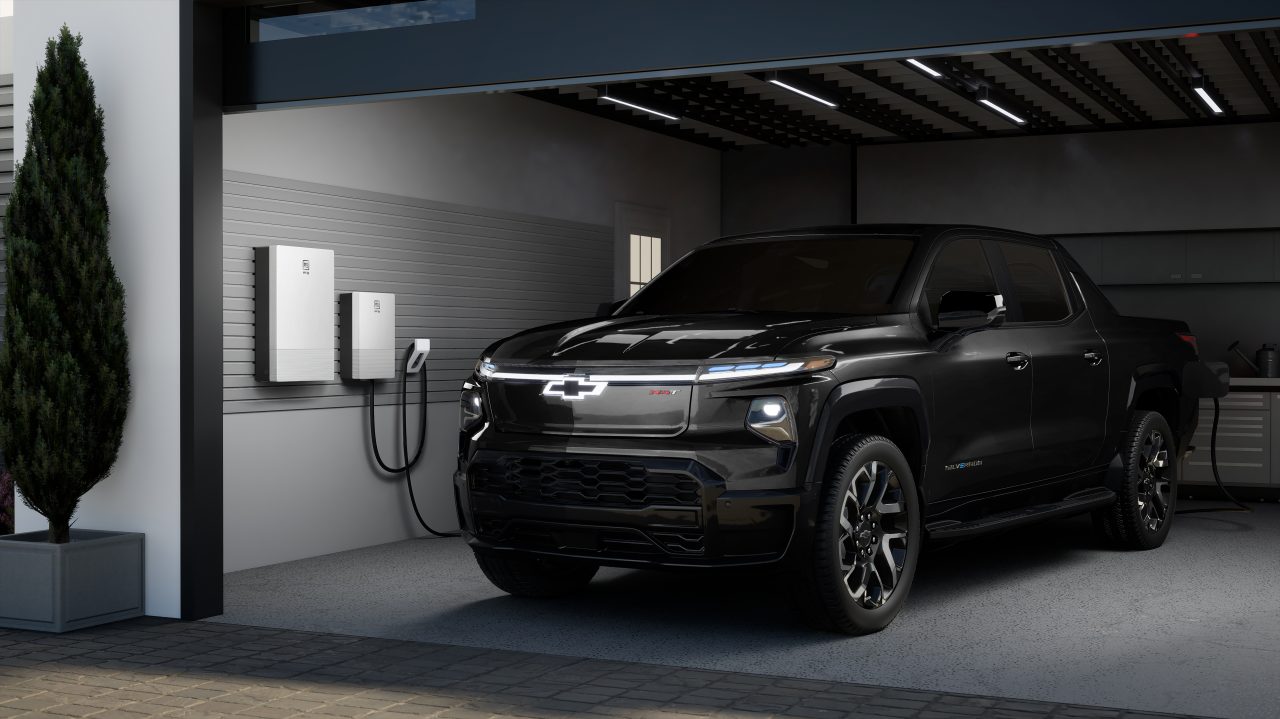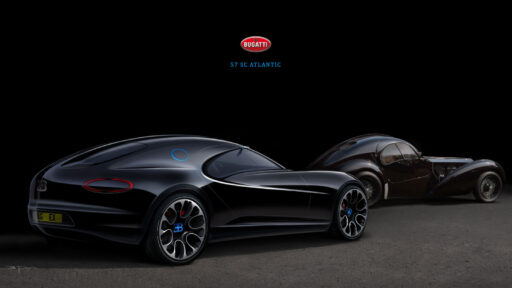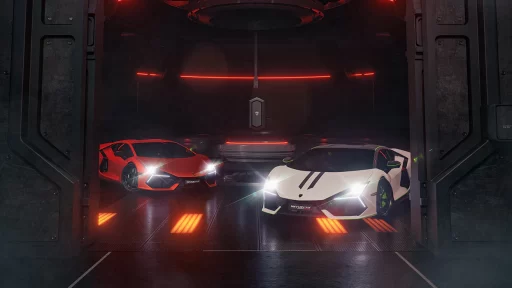By David Richardson, Senior Vice President of Software and Services Engineering
Today’s vehicles are driven by increasingly sophisticated software systems that manage everything from digital interfaces to driving performance and safety features. This transition toward “software-defined” vehicles is poised to revolutionize transportation, potentially even more profoundly than electrification has.
At General Motors, we’ve been building cars for 116 years, and software offers us new avenues to make them smarter and more capable.
READ MORE: Ford Aims for Dakar Glory with Two-Vehicle Entry in Rallye du Maroc
We’re developing a unified, modular, and updatable software platform that powers vehicles like the Chevrolet Equinox and the GMC Sierra EV. This integration of software with hardware enables innovations such as hands-free driving technologies and electric vehicles (EVs) capable of powering homes.
This convergence of hardware and software is attracting top tech talent to the automotive industry, much like it did for me when I transitioned from Apple to GM. In fact, this focus on advanced software engineering led us to open a tech center in Silicon Valley in 2024.
Historically, software engineering has been associated with devices, electronics, and services, but now cars are part of the conversation. The complexity of vehicles presents a different challenge compared to other consumer devices, and it’s a challenge that top software engineers are eager to tackle.
Electrification: Extending Beyond the Vehicle
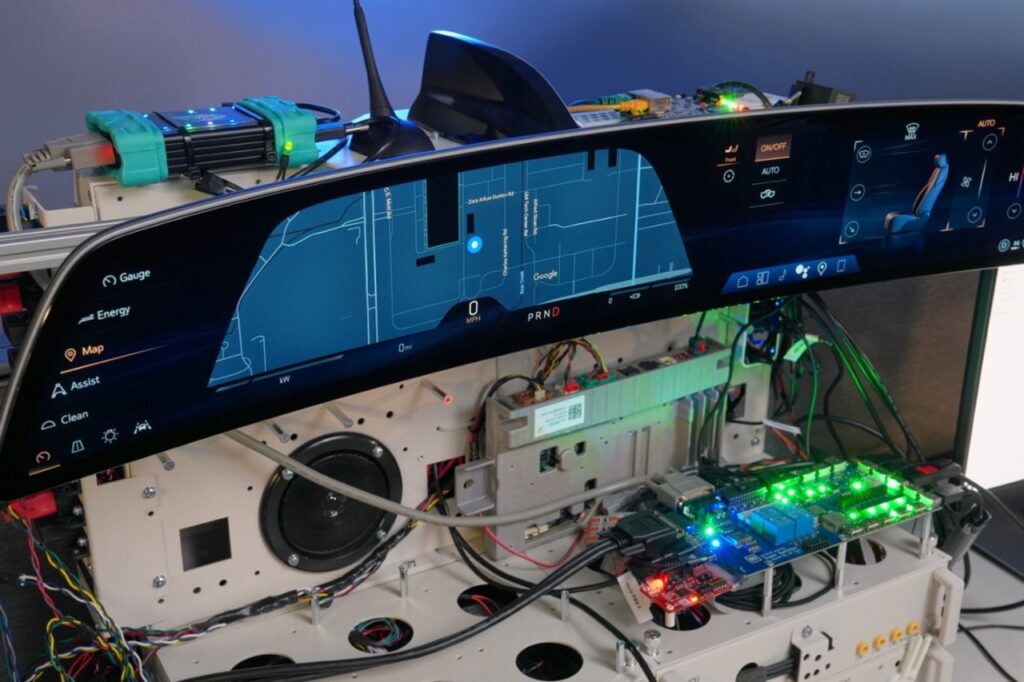
Software plays a crucial role in shaping the electric vehicle (EV) experience. It powers not just the vehicles but also the charging infrastructure and energy management systems. With advancements like fuel cell technology, software will help electrify a variety of industries and revolutionize energy storage solutions.
Driving Innovation: Software Engineering at GM
At the core of GM’s innovation are systems like Super Cruise, our hands-free driver-assistance technology, which showcases the marriage of hardware and advanced software. Super Cruise relies on connectivity, radar, cameras, high-precision maps, and GPS to provide a safe and seamless driving experience. The technology is continually enhanced through over-the-air updates, giving customers the latest advancements without needing to visit a dealership.
Connectivity: The Modern Vehicle’s Lifeblood
Software now permeates every aspect of a vehicle, from safety systems to entertainment features. We’re building a comprehensive infotainment system that makes the car an extension of your digital life. Through integrated maps, climate control, playlists, and driver-assist systems like Super Cruise, cars are evolving into highly connected devices on wheels.
Behind the scenes, an intricate network of chips and hardware supports this ecosystem, working from the moment you approach the vehicle to long after you’ve parked.
A Startup’s Spirit, A Legacy’s Strength
The auto industry faces exciting, unsolved challenges, and in the next decade, high-quality software will be essential for every surviving automaker. At GM, we approach this future with the agility of a startup while drawing on over a century of automotive expertise.
We’re expanding our software engineering teams in Mountain View, Detroit, and beyond, offering opportunities in areas such as systems engineering, AI/ML, mobile development, and web development. Join us as we shape the future of automotive technology.
READ MORE: All-New Ford Expedition: Fully Redesigned for Active Families and Big Adventures
Subscribe today for the freshest car news delivered to your inbox
